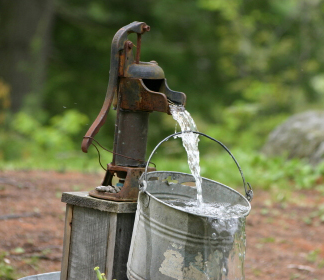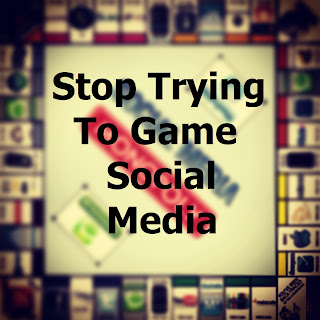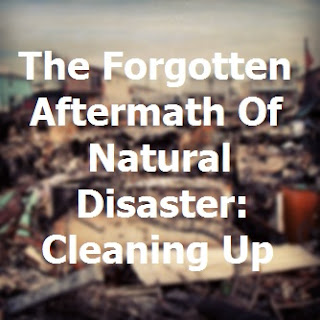After living in an older house with a well, I can say with a certainty that well water contamination happens more often than one might think. While water bills and payments are non-existent, maintenance and upkeep is much more of a chore to keep my available fresh water contaminant free. While I have the luxury of living in a modern country with utilities and available options for cleanliness, the vast majority of the world's water is still unsanitary and unsafe for drinking. Millions across the globe lack water access let alone a clean supply for consumption. Even in the United States and on government provided utilities there are still cleanliness issues. The NY Times reported that within the US, over 20% of the water treatment systems had key violations. Understanding warning signs and then how to effectively fix water contamination issues are incredibly important to maintaining one's health.
"According to the Centers for Disease Control and Prevention, more than 15 million U.S. households regularly depend on private ground water wells. Although this water can be safe for the most part, minor maintenance neglect can result in major problems. If even just a small amount of polluted ground water is consumed, it could lead to illness and other health complications.
Seepage is the number one cause of groundwater pollution and can come from a number of different sources. These sources include landfills, failed septic tanks, fertilizers and pesticides, underground fuel tanks and runoff from urban regions. Because of the high risks involved, experts recommend regularly checking your ground water wells to ensure the safety of the supply."
Read The Full Article On Green Building Elements















